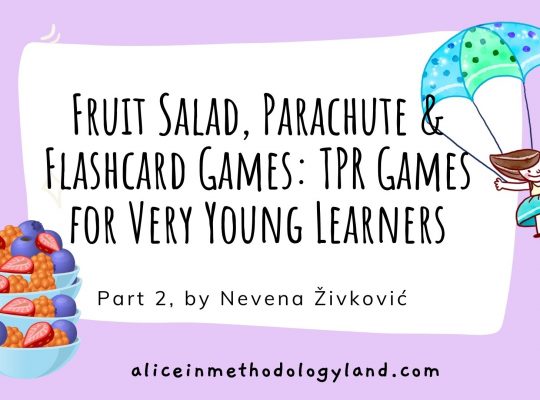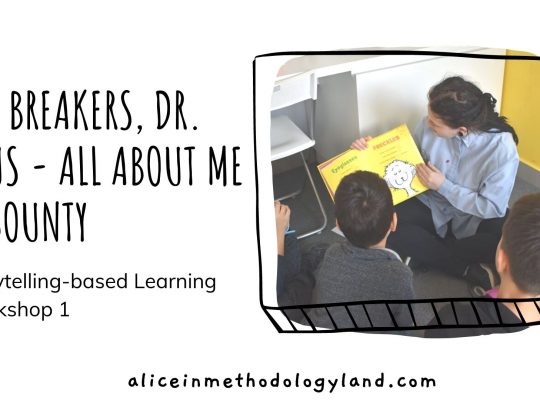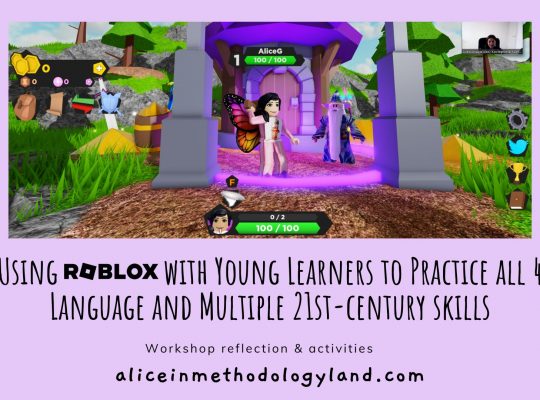Hi, everyone, Alice here!
This post will be my personal research trip reflection and I will write about a project I did in Japan in March of 2023. The project was called Kizuna, which stands for bonds in Japanese and it was about getting the culture of Serbia and Japan together in order to learn more about the cultures through youth work. The project is funded by the EU-Japan fest, and organized in collaboration with Novi Sad – European capital of culture.
I spent a month in Japan, a part of which I had workshops with an amazing teacher Hiroaki Kato in his cram school. For all our European readers, cram schools are schools where you learn and work on subjects after your regular classes if you need extra support or a place to study and they are an informal learning place that is really common in Japan.
There are multiple layers to this project – one of them is personal research and development, and the other one is a professional layer. This article will touch both by sharing more about the project, future plans, and it will start by telling you a story about Alice and the trains.
Alice and the trains
This is a short story about a young woman named Alice and her love of trains. Are you ready to
read it?
What is culture anyway? We have such a simplified view of culture nowadays and we only see
the tip of the iceberg. Only the surface things usually get noticed.
What is culture anyway? We have such a simplified view of culture nowadays and we only see
the tip of the iceberg. Only the surface things usually get noticed.
When it comes to Japanese culture, many things have fascinated me since the age of 12, and there is simply too much to write about. During the exploration part of the project, I visited many places such as Tokyo, Osaka, Kyoto, Nara, Fuchinobe, Machida, and probably many other smaller cities. Since the above-mentioned cities are either enormous or even a megalopolis, the biggest impact that was left on me was definitely the public transport. The feeling of riding a shinkansen (a bullet train) is unexplainable and knowing that it just hovers and glides over the train tracks is fascinating. Seeing Mount Fuji while passing by was also a special moment for me. The transport system probably fascinated me the most since this is something you cannot explore online unlike the cultural places which are very much present on the internet. Serbia does not have such a developed system, but this was not the reason why I found it amazing.
Public transport as a cultural capsule of a country
I consider public transport to be a cultural capsule for every country and nationality. It allows you to experience the culture, mentality, and behavior of people in a way that is not possible by walking or visiting any places.
Why? Many of them are in a hurry. In a confined space with strangers. This is a place where you can see different types of people in one place – or as I like to call it a personality fashion show.
There is no place in Japan where you can see schoolchildren, school girls in their beautiful school uniforms, salarymen returning from work or izakayas sleepy, young people going to concerts in Ikebukuro or Harajuku to show off their fashion (mind you, no one is staring at them), babies being barefoot because everything is impeccably clean and moms want the babies to feel free. You can see how lovingly and shyly couples court each other and show affection in public without being over the top, grandmas and women complimenting my outfit even though it’s alternative fashion and being so positive. The smile on people’s faces when you ask for directions and when you put the effort into pronouncing the names of the places and people correctly is so wholesome.
People in public transport are extremely considerate towards each other. There is no pushing in lines, loud music on speakers, or talking to someone over the phone. If someone loses something it is instantly turned into the lost and found on the next station – I’ve seen it happen and it warmed my heart.
Being nice to people you will never meet or see again and people you cannot absolutely benefit from is heartwarming, and although there is no perfect country and Japan is also far from perfect, people like this can easily bring back a person’s faith in humanity.
The importance of trains for Japanese people
Another reason why I highlighted transportation is not just because I see it as a cultural mosaic of
people in one nation, but also because trains have a special place in the heart of every Japanese
person and they are so important that they are depicted in almost all art, music, movies, and anime I
watched, and recently especially popularized in the world by the award-winning animation director
Makoto Shinkai and his new film Suzume where even the character development and important
scenes happen at train stations. It’s really not a wonder that this movie is currently surpassing even
famous Studio Ghibli, which also includes a train ride in its popular movie Spirited Away. (No, this is
not a movie review, and yes, if you are reading this, please watch these movies to experience
Japanese modern culture and peek into the traditional culture!)
These spots are full of memories and history for many Japanese people – they are an intersection
where you meet someone, see someone for the last time, start a new life., and they also had the
the same impact on me.
Quick project rundown
Project name
Journey to Nipporuvia – Putešestvije do Niporuvije
Nippon – Japan in Japanese
Seruvia – Serbia in Japanese
The term Nipporuvia is a form of ‘shipping,’ which often happens when manga readers connect two characters in a romantic or platonic relationship and cheer for them as their bond, aka kizune, develops.
Project idea
Cultural exploration along with our classes through various aspects of modern and traditional culture. The teachers act as moderators and lead students in exploring. The students will compare, contrast, and combine concepts of both cultures and develop artistic expressions that contain elements and motifs from both nations. The poster below is a promotional poster Mr. Hiroaki Kato made for the program to inform parents of the project so they can let their children participate.

After the face-to-face workshops in Japan, we will continue to work online, where we will have both of our classes present in the SOLE sessions. The project will continue online, and it does not have a specific end date. The method and concept of the SOLE sessions will be explained below.
Project reflection and plans
When it comes to the teaching part of the research project, I also have many new observations and It helped me grow as a teacher. I already had the experience of teaching Japanese students and some of them have been with me for years in my school, but individual lessons and a group lesson with students who see you for the first time are two different things.
There were things that disappointed me and things that made me extremely happy. Most of the students in the cram school were boys, so we had more boys in the workshops. Since in the cram school, they individually practiced subjects to improve, they have never had a chance to be friendly and communicate outside of the lunch break, so some of them spoke to each other for the first time during the project, even though they spend so much time in one classroom. They had a chance to speak in English, and Japanese, explore and learn together, and after the first day, their faces lit up when they finished their cramming sessions and were ready to spend time together.
A small disappointment and growing as a teacher
I was disappointed that there weren’t too many students, but given the fact that the school is really small and that I am a foreigner who doesn’t speak Japanese, it’s absolutely understandable. The majority of Japanese people tend to be shy compared to Serbian people, so the students needed more time to feel free and fully participate.
Another thing that made me more culturally aware is the way adults and teachers communicate in teaching settings. In most European school settings, we are used to feedback from colleagues and also, we are used to giving feedback to others. My project colleague and the cram school owner Mr. Hiroaki Kato didn’t give me much feedback, and I like to think that’s because he didn’t have many objections. I hope that I managed to inspire him to be more open as he inspired me to be more patient and observant.
Future steps in the Kizuna project
Future steps to build on this project include students designing their own digital stories to broaden communication and get to know each other and also online SOLE sessions with me. In the SOLE sessions, we will explore different critical thinking topics and questions related to culture, society, and whatever piques their interest in order to develop 21st-century skills (communication, collaboration, creative and critical thinking), digital skills, and media literacy.
I also hope to continue and expand the project on a larger scale in the future and visit more schools
Reflection part two with more project details and activities coming soon…
Have you ever visited Japan or had a chance to teach Japanese students online? What was your personal experience? Teaching students with a completely different culture than yours can be difficult, but also rewarding, so let us know down in the comments, or via the contact page if you had similar experience!






